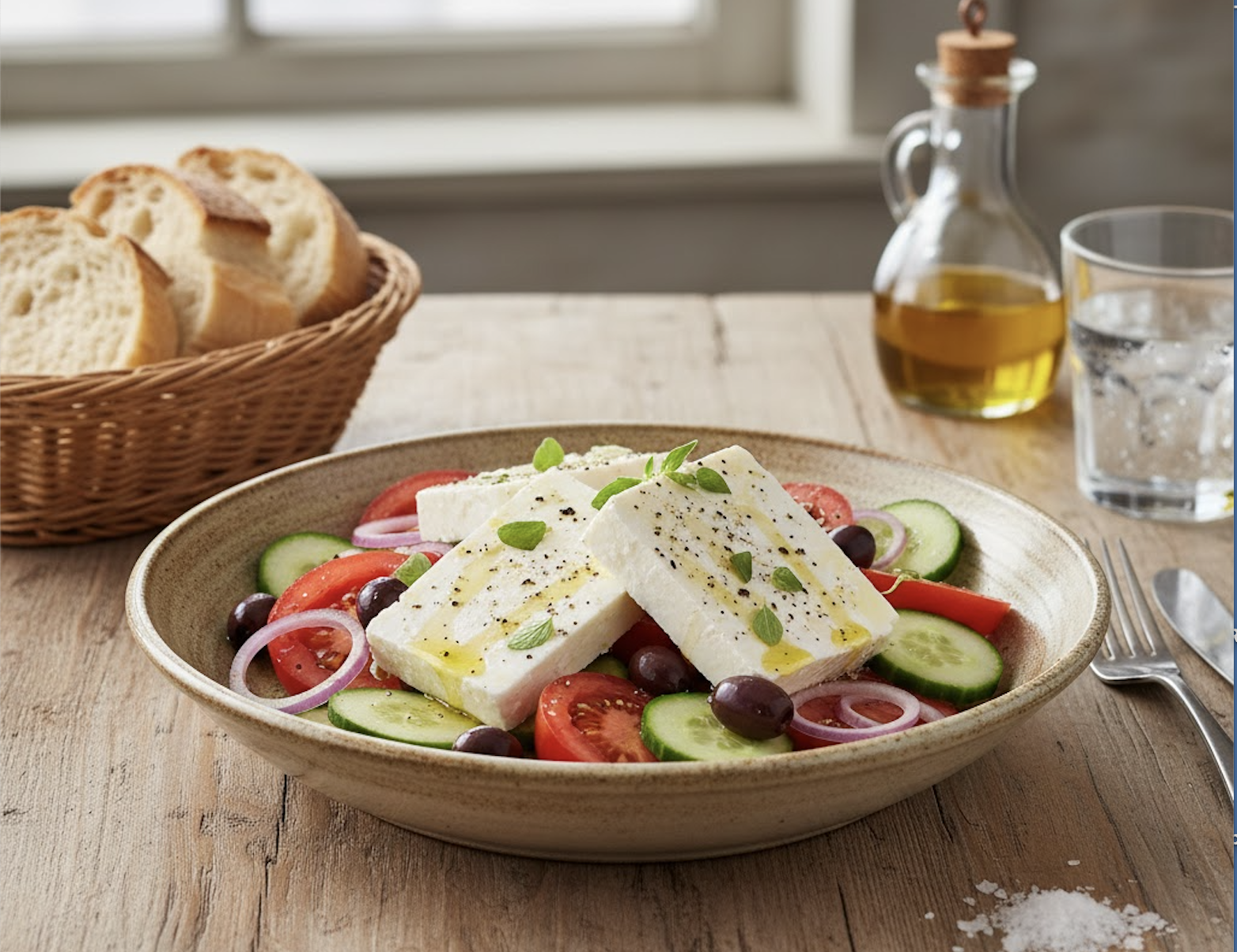
From Belgian fries to Greek feta cheese: learn how the CAP fosters Europe’s culinary treasures
From perfect Belgian frites to Greece’s feta cheese, Italian pasta and Spanish olive oil, the European culinary landscape is a tapestry of vibrant traditions, diverse ingredients and an uncompromising commitment to quality. What many Europeans may not realise is that behind these gastronomic delights lies a quietly powerful legislative framework: the Common Agricultural Policy (CAP).
This robust legislation is far more than a system of farming subsidies; it is the fundamental architecture that ensures the food you cherish is produced through sustainable and competitive processes. From the wheat fields of France that supply your morning toast to the dairy farms of the Netherlands that fill your cup, the CAP is present in the most ordinary moments of daily life, quietly ensuring that what reaches your table is safe, high-quality and sustainably produced.
Created in in the aftermath of World War II, while food shortages and supply disruptions were still a big issue, the CAP’s original goal was to increase agricultural productivity and ensure food security across the continent, a mission it achieved remarkably well. Over the decades, as Europe’s priorities evolved, the CAP’s objectives expanded beyond food sufficiency to include guaranteeing citizens’ access to safe, high-quality, and nutritious food, while also safeguarding farmers’ incomes, enhancing their competitiveness, and promoting sustainable management of natural resources. At the heart of the CAP’s mission is a commitment to both farmers and consumers. For farmers, the policy provides financial support that enables them to invest in sustainable and climate-friendly practices, whether through organic farming, precision agriculture, or other innovative technologies that improve productivity and resource efficiency. For customers, it ensures access to safe and nutritious food produced according to EU standards.
How does the CAP achieve these goals?
Farmers who receive CAP support must meet strict environmental, animal welfare, and food safety standards, known as conditionality requirements. This means that CAP-funded farms are committed to protecting soil health, reducing pesticide use, conserving water and maintaining animal welfare. Additionally, the CAP provides training and resources through rural development programmes (Pillar II) and Farm Advisory Services (FAS), helping farmers adopt best practices in sustainable production, food safety, biosecurity, and proper storage. This support is particularly valuable for young or new farmers entering the sector. Moreover, the CAP invests research and innovation in agricultural practices, encouraging technologies that enhance crop and soil monitoring, improve resource efficiency, and proactively reduce risks to food safety. For example, advances in precision agriculture allow farmers to track soil conditions and crop health in real time, enabling timely interventions that protect both yield and quality.
Traceability and quality schemes
Another crucial aspect of EU food governance, complemented by the CAP, is the traceability of food products, which is guaranteed by EU food law and reinforced through CAP-backed quality schemes, such as Protected Designation of Origin (PDO), Protected Geographical Indication (PGI) and Traditional Specialities Guaranteed (TSG). This support enables small and medium-sized farms to meet certification requirements, preserve local recipes and production methods, and bring high-quality, authentic products to market. Every single item on your plate has a story and these origin and quality systems allow consumers to know exactly where their food comes from and how it was produced. By promoting transparent production standards and encouraging detailed record-keeping on farms, the CAP enhances the overall reliability and safety of Europe’s food chain. In the event of a food safety concern, EU authorities can quickly trace and address the source, safeguarding public health and maintaining citizens’ confidence in the system.
So, the next time that you sit down on a terrace in Lisbon or Brussels to have dinner with your friends, remember that every flavor has a rich story behind – a story of soil, water, sun, hard work and strong safety standards guarded by the invisible architecture of this policy. The CAP is everywhere: in the fields and farms that produce our food, in the markets that bring communities together and in every shared meal that reflects the diversity and quality of European cuisine. This enduring connection between policy, pasture and palate is not just an economic treasure; it is a testament to a continent committed to preserving its culinary heritage and devoted to the idea that some things, like the simple perfection of a meal shared with friends, are worth being preserved.





